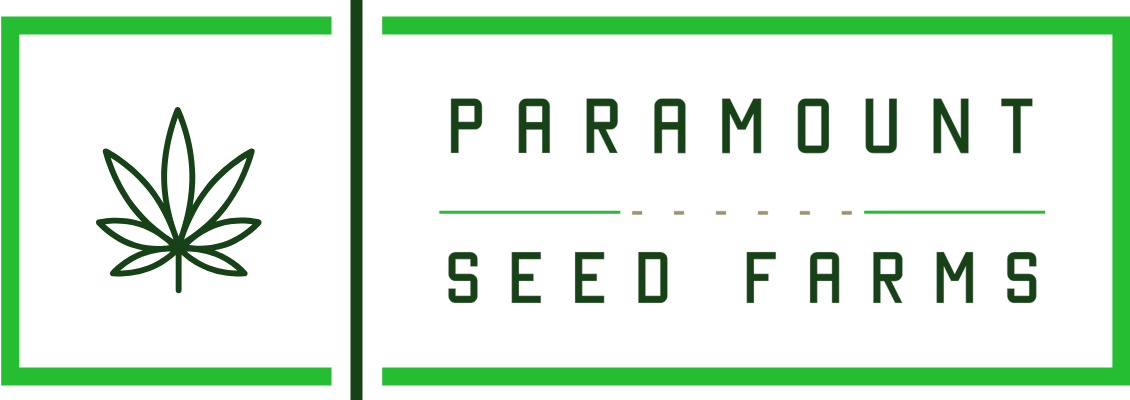How to Identify Grasshopper Damage (on Leaves and Stems)
Grasshoppers (and sometimes locusts, which are basically just grasshoppers with wings) will happily eat your cannabis leaves, leaving holes, and live among the branches. They can also eat through stems, killing the entire branch. Grrrrr. If you see this pest, or signs of grasshopper damage, its a good idea to get rid of them before they build up in numbers!
Grasshopper will munch on cannabis leaves!

All the following pictures of grasshoppers on cannabis and grasshopper leaf damage are by Whitney Cranshaw, Colorado State University, Bugwood.org . He has taken dozens if not hundreds of pictures of various pests on marijuana plants to help with bug identification, and his work is greatly appreciated!
Example of grasshopper leaf damage

A grasshopper chilling on a cannabis leaf. Get away from there!

Another example of holes in leaves caused by grasshoppers

Example of stem damage from the spur-throated grasshoppers (Melanoplus sp.)

Another example of grasshopper stem damage
This is the ‘Differential Grasshopper’ (Melanoplus differentialis)

Solution: How to Get Rid of Grasshoppers (and Locusts) on Cannabis
Grasshoppers will eat holes out of your cannabis leaves, and you dont want that! If its just one or two grasshoppers you may not notice any symptoms but if your plants start getting infested with them youll notice tons of spots where they have been munching on your leaves. If an infestation gets out of hand your plants can be seriously affected.
1.) Check regularly for signs of grasshoppers, especially when its dry
The best way to prevent a grasshopper infestation (or any bug infestation really) is to catch them as soon as possible!
2.) Spinosad (not for commercial growers)
Spinosad Products (safe & organic) Spinosad products are organic and completely harmless to pets, children, and plants. Spinosad products can be used directly to kill grasshoppers on contact and should be sprayed liberally all over the plant. Although maybe not as strong against pests as some of the more harsh insecticides, it does work and its very safe for plants, animals and humans!
Recommended: Monterey Garden Insect Spray with Spinosad
Spinosad is an organic insecticide made from the fermentation of a specific soil bacteria (actinomycete Saccharopolyspora spinosa) and kills grasshoppers via ingestion or contact by effecting the insects nervous system. Spinosad can be a good choice for organic and outdoor growers, because it is very toxic to grasshoppers , but is less toxic to many beneficial insects, bug predators and spiders.
Note: Most spinosad products are effective for only about 24 hours after being mixed with water, so only mix as much as you will need per application. Anything left over will be waste.
You will need a mister (also called a ‘One-Hand Pressure Sprayer’) to cover all the leaves evenly when spraying them with spinosad products.
3.) Insecticidal soaps
Fatty acid salts or insecticidal soaps can be a good choice against grasshoppers. They weaken the outer shell of grasshoppers but are safe to use on your plants and they dont leave much of a residue which could kill beneficial bugs in your garden.
With soaps, coverage is very important as it does not stay on your plant for long, so follow-up applications may be necessary. Although this is considered safe, avoid getting any on your buds!
4.) Neem Oil
Neem Oil will leave an unpleasant taste/smell on buds when used to treat flowering plants, so again, dont let this stuff get near your buds! Theres also some evidence Neem oil may be harmful to humans so use with care! That being said, Neem oil is an all-natural remedy that is very effective against many different types of bugs and mold, including grasshoppers. You will need a mister (also called a ‘One-Hand Pressure Sprayer’) to spray all the leaves evenly, since neem oil and water can separate easily.

5.) Floating row covers
These may not be the best choice for all cannabis growers, but these are very cheap and effective against grasshoppers because it physically prevents them from getting to your plants, while still letting light in to your plants. You can also water your plants through the netting. These are sometimes used to make mini ‘green houses’ on the plants, or some grower will just drap them over the plant as theyre so light and airy they dont really bother the plant.
However, these are much easier to use and are more effective with smaller plants, as it becomes difficult to fully cover larger plants. However, for young plants these can be great! They also protect your plant from wind and some harsh conditions.
Floating row covers look like thin netting or mesh
7.) Pyrethrin
Pyrethrin based insecticides are not very toxic for humans and degrade quickly, which is why theyre commonly recommended for vegetable gardens. You will need a mister (also called a ‘One-Hand Pressure Sprayer’) to spray all the leaves evenly.
Pyrethrin products break down quickly, over the course of just a day or two. The major problem with them is they are very toxic to bees. Although cannabis plants generally dont attract a lot of bees, please use this as a last resort, and also try to use it right after the sun goes down because bees sleep at night. This lets it start to break down before they wake up.
Use pyrethrin products when the sun goes down! Save the bees!
A popular example is Bonide 857 Pyrethrin Spray Concentrate . Use 3 tablespoons of concentrate per gallon of water.
